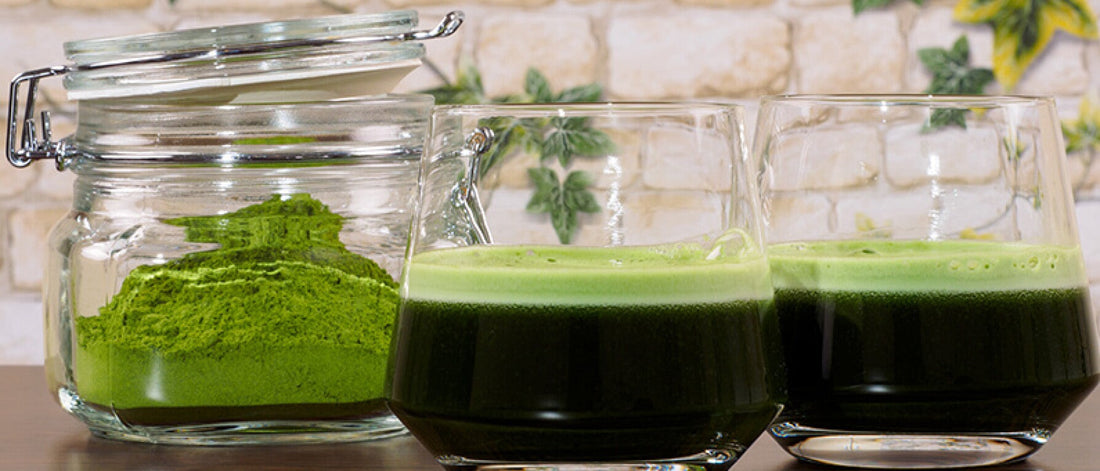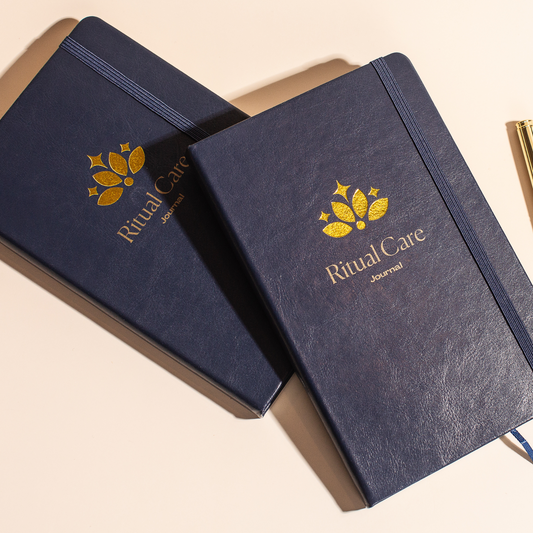Although they look, smell, and taste similar, chlorella and spirulina are not twins. Think of them more like cousins.
To understand the differences between spirulina and chlorella, you first have to attend a quick science lesson, with brief mentions of taxonomic hierarchies and all. If you’re not into that kind of stuff, fear not: It will be over in a quick scroll and, before you know it, we’ll be on to what both of these algae can do for your health.
A study of 25 people with type 2 diabetes showed that taking 2 grams of spirulina a day substantially lowered LDL cholesterol and triglycerides while raising HDL or “good” cholesterol. In a study of 97 people with various diseases, including hypertension, researchers found that taking 10 grams of chlorella daily lowered serum cholesterol levels, which are the measurements of certain elements in the blood, such as HDL and LDL.
How much you should take depends on your specific reason for taking chlorella or spirulina and which supplementation format you choose. Typically, doses range between 1 and 8 grams of spirulina and 2 and 5 grams of chlorella.
Word to the wise: Most of spirulina and chlorella powder and extract supplements the powder or extract chlorella and spirulina supplements taste a lot like bitter pond scum or pungent sea water. However, if you mix your algae of choice into a smoothie with citrus fruits, pineapple, ginger, or mint, you can at least mask the flavor. If you can’t get past the taste, go for the capsules or tablets. Although they may also come with a pond-like taste, tossing them back with a few swigs of water gets the job done faster.
If you’ve talked with your doctor and you are set to give chlorella or spirulina a try, both can be found at most shops or websites that sell supplements.
*Editor’s Note: The information in this article is intended for your educational use only; it does not necessarily reflect the opinions of the Chopra Center's Mind-Body Medical Group; and is not a substitute for professional medical advice, diagnosis, or treatment. Always seek the advice of your physician or other qualified health providers with any questions you may have regarding a medical condition and before undertaking any diet, supplement, fitness, or other health programs.
To understand the differences between spirulina and chlorella, you first have to attend a quick science lesson, with brief mentions of taxonomic hierarchies and all. If you’re not into that kind of stuff, fear not: It will be over in a quick scroll and, before you know it, we’ll be on to what both of these algae can do for your health.
Key Differences: Chlorella vs Spirulina
Cell Structure
One of the key differences between chlorella and spirulina lies in their cell structures. Chlorella is a single-celled algae. In contrast, spirulina contains multiple cells.Class and Color
Chlorella belongs to trebouxiophyceae, a class of green algae in the division Chlorophyta. Its pure green color signifies that it’s richer in chlorophyll (hence the name, chlorella) than spirulina. Spirulina is a genus of cyanobacteria, which is a family of single-celled microbes often referred to as blue-green algae.Digestibility
Although it’s not recommended that you pluck spirulina from a body of water yourself and eat it, it technically can be eaten at the time of harvest so long as the body of water isn’t contaminated with toxic metals and harmful bacteria. Spirulina lacks cellulose walls, which makes it easy to digest. However, a hard cellulose wall protects chlorella, making it indigestible to humans until it goes through a special process to crack the outer shell and turn it into a dietary supplement.Where They Grow
Spirulina can be found in both fresh water and salt water. On the other hand, chlorella is typically considered a fresh-water algae. Most chlorella is grown in Asia in Japan, Korea, and Taiwan. The largest concentrations of spirulina can be found in Africa, Asia, South America, and Hawaii.Key Similarities: Their Health Benefits
Although they have their differences, chlorella and spirulina benefits led to them being touted as superfoods. And rightly so: They’re akin to the richest and most nutrient-dense sources on the planet for a number of similar reasons. Some of them include the following.Can Lower “Bad” Cholesterol
High levels of LDL, or low-density lipoprotein, can lead to a build-up of cholesterol in your arteries. Having too much cholesterol in your blood raises your risk of coronary artery disease. Studies have shown that chlorella and spirulina can lower total cholesterol, “bad” LDL cholesterol, and triglyceride fats, which can elevate your risk of stroke.A study of 25 people with type 2 diabetes showed that taking 2 grams of spirulina a day substantially lowered LDL cholesterol and triglycerides while raising HDL or “good” cholesterol. In a study of 97 people with various diseases, including hypertension, researchers found that taking 10 grams of chlorella daily lowered serum cholesterol levels, which are the measurements of certain elements in the blood, such as HDL and LDL.
Could Improve Blood Sugar Levels
Some research links both spirulina and chlorella to lower blood sugar levels. In a study of 25 people with type 2 diabetes who took 2 grams of spirulina per day, researchers found that the subjects experienced a substantial reduction in blood sugar levels. Another study showed that chlorella supplements both improved blood sugar control and increased insulin sensitivity—which doctors consider healthy—in patients with non-alcoholic hepatic steatosis or “fatty liver” disease.Good Sources of Protein and Amino Acids
Both are considered “complete protein” sources, meaning they contain all nine essential amino acids. This makes chlorella and spirulina attractive plant-based protein options for vegetarians and vegans. Amino acids are often referred to as the building blocks of life because the body uses them to help break down food, maintain energy, repair tissue, and perform many other bodily functions.May Enhance Endurance
Muscle fatigue is often pinned on the oxidative damage that happens during exercise. Some plants have antioxidant properties that can help minimize this damage. In one study of 16 physically active adults, spirulina upped endurance and warded off fatigue. In another study, researchers gave a group of young adults 6 grams of chlorella or a placebo daily for four weeks. At the study’s conclusion, the group that took the chlorella showed a dramatic improved ability to flood their lungs with oxygen, which is a measure of endurance. The placebo group experienced no changes.Rich in Antioxidants, Nutrients, and Anti-inflammatory Properties
Oxidative damage can lead to chronic inflammation, which can cause cancer and other diseases. Antioxidants such as chlorophyll, vitamin C, beta-carotene, lycopene, and lutein—all of which chlorella and spirulina contain—aid the immune system, and can help combat inflammation and ward off disease.How to Take Chlorella and Spirulina
Both algae are available in capsule, extract, powder, and tablet supplements. As with any changes to your healthy lifestyle routine, first talk with your healthcare practitioner to be sure supplementation is right for you. Also, seek out safe and high-quality supplements that do not contain fillers, binders, or other additives—and look for quality-assurance seals. As with most supplements, costs vary depending on purity and brand.How much you should take depends on your specific reason for taking chlorella or spirulina and which supplementation format you choose. Typically, doses range between 1 and 8 grams of spirulina and 2 and 5 grams of chlorella.
Word to the wise: Most of spirulina and chlorella powder and extract supplements the powder or extract chlorella and spirulina supplements taste a lot like bitter pond scum or pungent sea water. However, if you mix your algae of choice into a smoothie with citrus fruits, pineapple, ginger, or mint, you can at least mask the flavor. If you can’t get past the taste, go for the capsules or tablets. Although they may also come with a pond-like taste, tossing them back with a few swigs of water gets the job done faster.
If you’ve talked with your doctor and you are set to give chlorella or spirulina a try, both can be found at most shops or websites that sell supplements.
*Editor’s Note: The information in this article is intended for your educational use only; it does not necessarily reflect the opinions of the Chopra Center's Mind-Body Medical Group; and is not a substitute for professional medical advice, diagnosis, or treatment. Always seek the advice of your physician or other qualified health providers with any questions you may have regarding a medical condition and before undertaking any diet, supplement, fitness, or other health programs.






















